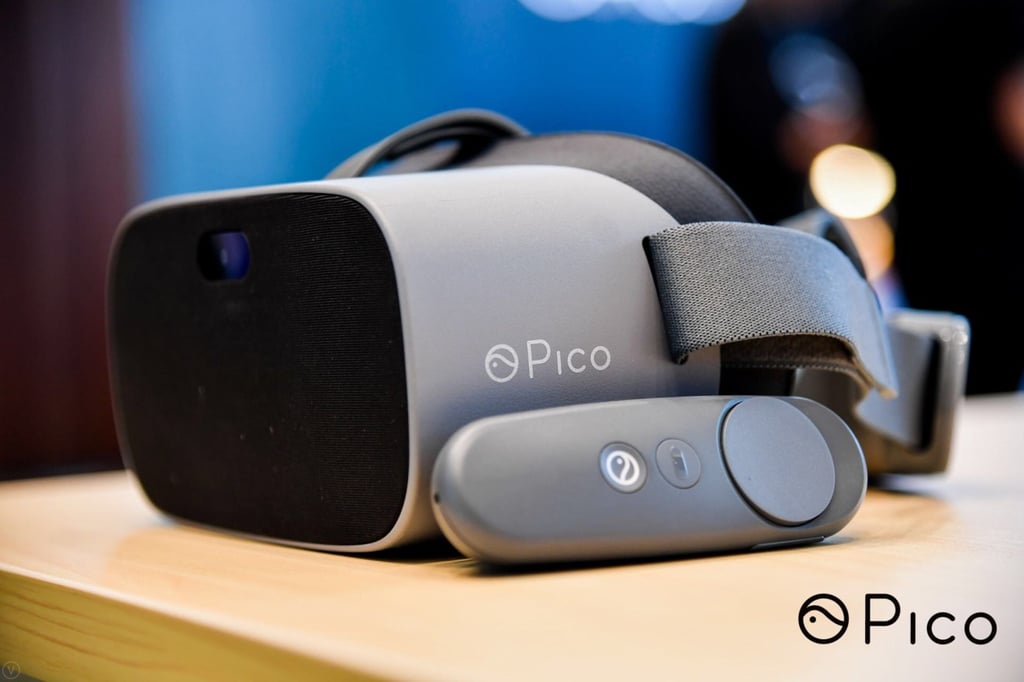Advertisement
Chinese company Pico releases a new standalone VR headset
The Goblin 2 will face competition from Facebook and Xiaomi
Reading Time:2 minutes
Why you can trust SCMP
0

This article originally appeared on ABACUS
There’s a new VR headset in town and it’s got the Oculus Go -- and by extension Xiaomi -- in its sights.
Released by Chinese company Pico, the Goblin 2 looks pretty much the same as the Xiaomi and Facebook headset that was announced at CES this year: a no-frills rectangular headset, straps to hold it in place and a small handheld controller.

Despite small cosmetic differences such as the Goblin 2’s slightly darker shade of grey, they’re designed to deliver essentially the same experience. That is, an affordable and self-contained mobile VR experience without the need for a smartphone.
That’s funny because the specs read like a smartphone. It runs on Android 8.1 Oreo and is powered by the Snapdragon 835, which is also found in the Google Pixel 2 and Samsung Galaxy S8.
It also comes with 4GB of RAM and 32GB of inbuilt storage.
Advertisement